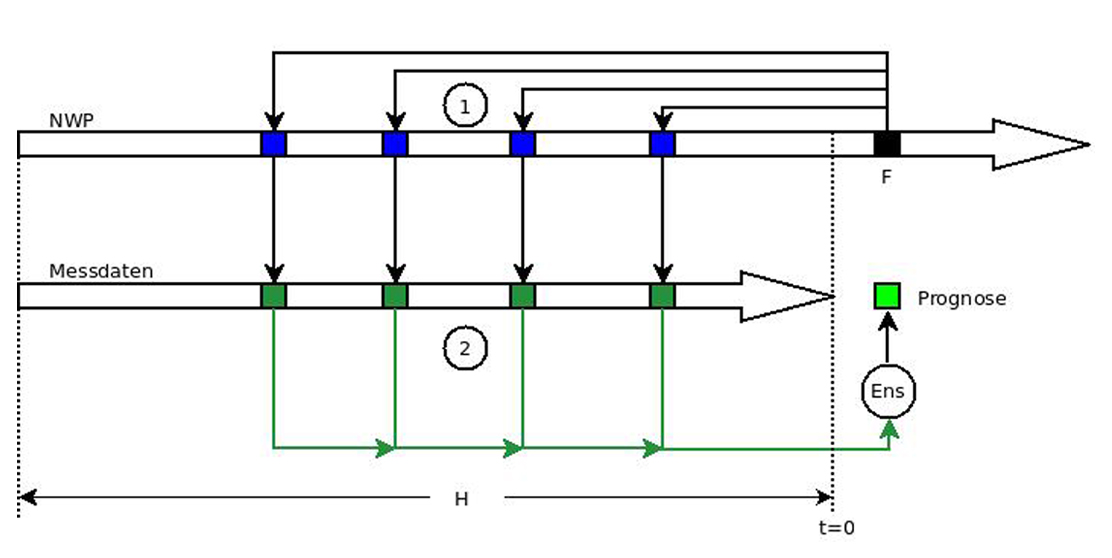Multi model ensembling makes accurate forecasting of temperature possible
Many businesses, industries and sectors of the economy rely on weather forecasts. For instance, a gas supplier wants to know how much gas will be consumed at a particular temperature. Owners of greenhouses want to know how much they will need to heat during the day or at night. Cities and municipalities are interested in whether they will need to spread salt on the roads on the next winter morning. Photovoltaic systems, airports and the retail sector – weather forecasts are used in various areas of application.
In today’s digital world, where the relationship between cause and effect is constantly being called into question, accurate data is particularly valuable. Unlike in earlier times, we now have the technical capability to provide very accurate temperature forecasts – namely, using the temperature ensemble method developed by enercast.

Using the strengths and weaknesses of weather models
Each weather forecast predicts a temperature. In addition to wind speed and air pressure, it is one of the parameters used to describe the weather. The temperature, wind speed and air pressure measurements are taken as initial parameters for physical equations. In future, these equations will be developed along with other weather parameters to calculate a forecast. The problem: each weather model has a number of errors and weaknesses.
These can be clearly seen when one compares a specific temperature forecast after the event with the actual measurement results – they will tend to deviate from each other to a greater or lesser extent. It is important to note that a differential of plus or minus one degree can make a significant difference. It will determine whether or not it will rain, whether or not a thunderstorm is brewing, whether or not it will freeze.
It is therefore important to determine how good or inaccurate a weather model is for a particular scenario and where the errors lie. For example, weather model A cannot accurately predict the temperatures on sultry days, and weather model B provides less accurate forecasts on rainy autumn days. Weather models may also show spatial variations in accuracy – weather model A is able to describe the weather in the United States more accurately, and weather model B the weather in Germany.
Exact predictions using optimised comparisons
This would make it possible to determine the errors in respective weather models and rectify these. However, the high level of complexity makes this difficult. This is the point at which temperature ensembling from enercast is implemented to generate temperatures from different weather models from different weather services and combine these in an optimum way.
This temperature forecasts from different weather models are compared against temperatures measured by calibrated measuring stations in order to calculate the percentage showing the degree to which the relevant weather model is correct. The question being: which ensemble of forecasts works best and provides the best results for a particular coordinate? In this way, a much more accurate value can be determined than if only one model is used.
This multi-modal optimisation procedure produces the best results, which are precisely customised for every customer by enercast. No need to invest in your own, costly measuring station when you can have the convenience of buying accurate, customised temperature forecasts that meet your specific requirements.


 Back to overview
Back to overview 

